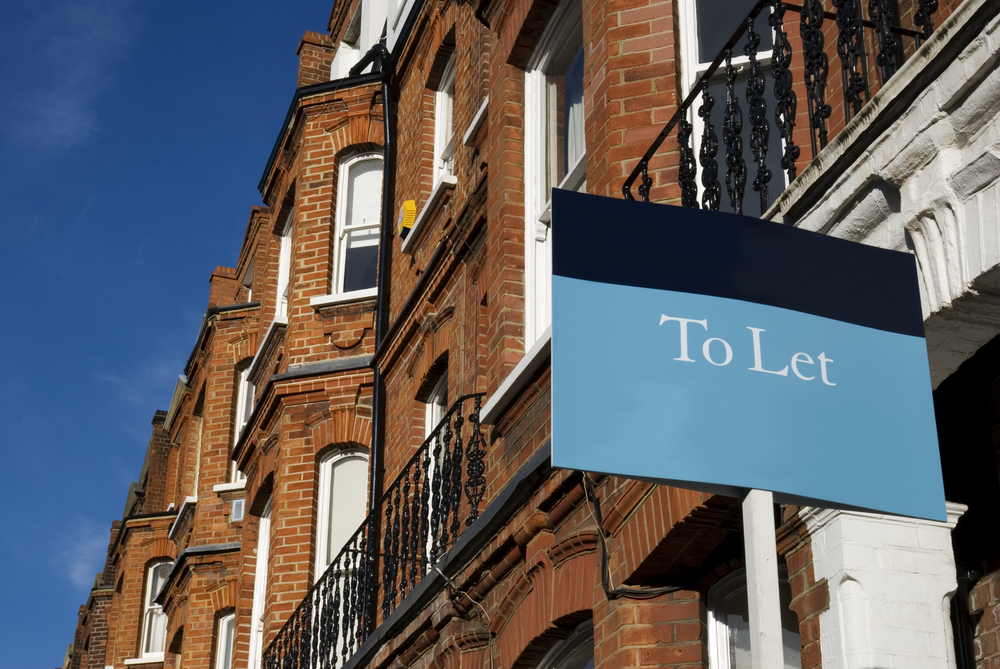 Despite the 3% stamp duty increase introduced in April last year, the Treasury brought in more revenue overall in tax receipts from the sale of residential property in 2016 than the previous year.
Despite the 3% stamp duty increase introduced in April last year, the Treasury brought in more revenue overall in tax receipts from the sale of residential property in 2016 than the previous year.
The Government made £8.3 billion in stamp duty from the sale of all residential property in 2016, compared to the £7 billion raised the previous year.
This figure was boosted by the 3% stamp duty increase on buy-to-let and second homes which managed to bring in a total revenue of £1.19 billion for the Treasury.
Since last April, property investors looking to buy a second home have faced a 3% stamp duty surcharge as part of the Government’s plans to curb the buy-to-let market and free up property for first-time buyers.
Stamp Duty Land Tax is a progressive tax that you start paying on properties worth more than £125,000. As the price of the property increases, so does the rate of stamp duty.
In December 2014, the Government scrapped the old slab structure and introduced a new banding system to help benefit anyone purchasing a home priced under £937,500. Those buying a home above this amount now face a bigger tax bill.
You now pay 0% up to £125,000; 2% to £250,000; 5% to £925,000; 10% to £1.5million and 12% above that.
Stephen Smith, director of Legal & General Housing Partnerships, said: “The figures from HMRC clearly show how an outdated stamp duty tax is having a negative impact on the housing market, acting as barrier to many potential buyers.
“Whilst transactions under £250,000 may have increased, for many buyers stamp duty can act as a significant barrier to moving onto or up the housing ladder. Whilst stamp duty bands have remained static, property prices have continued their relentless rise. As a result, houses which would have previously been in lower bands will now cost buyers substantially more in stamp duty, particularly in areas of high demand.
“However, the Government can use stamp duty to effect a positive change on the market. By tactically cutting or withdrawing the tax for first timers or elderly homeowners looking to downsize, the Government can stimulate the housing market.
“That could give younger buyers the chance they need to buy their first property, or help older buyers to find appropriate properties for their needs, thereby freeing up thousands of existing properties for growing families.”




